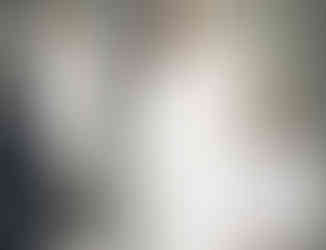Pattern Making Notches
- Fit Styler
- Jun 18, 2018
- 2 min read
Updated: Aug 1
When a piece of fabric is first cut out, it has none of the markings that are seen on the pattern.For a machinist to sew these two pieces of fabric together effectively they need to know:
How much value has been allowed as seam allowance?
How do the two seams match to each other?
The way that a pattern maker indicates this information to the machinist is through the use of pattern notches.Pattern notches are small marks made on the pattern to ensure that one pattern piece will match up to the pattern next to it. They can be used to show what the value of the seam allowance is, and can also be used as markers along a seam to make sure that the two pieces of fabric will come together correctly when sewn.On a cardboard pattern, they will look like small indents around the outside edge of the seam allowance. You can buy special pattern notching tools that will clip this small indent into the edge of your cardboard pattern.The notches that are made on the cardboard pattern are transferred onto the cut fabric by the cutter. This is done by making very small nicks in the fabric, only about 2-3mm. This is enough of an indication so that when the machinist is sewing together the garment, they can easily tell where the fabric needs to line up, and how much seam allowance value has been allowed by the pattern maker.
How pattern notches would be used to ensure that one panel will correctly line-up with an adjacent panel. Correct use of pattern notches are essential to ensure that the tension along a seam remains even and that fabric is not stretched as it is sewn.
If you consistently find that you reach the end of sewing a seam with extra fabric on one of the pieces of fabric, this could be caused by one of these problems:
Your pattern was incorrect
You did not line up your notches correctly
You did not have enough notches to guide you
The example below shows how notches can be used to show the seam allowance value of 1cm. When cutting the small indents into the pattern it is important to:
Cut only small notches in cardboard, to prevent tearing.
Notch the side of a corner that will be sewn first.
Notch only one side of a corner, to prevent tearing.
















Comments